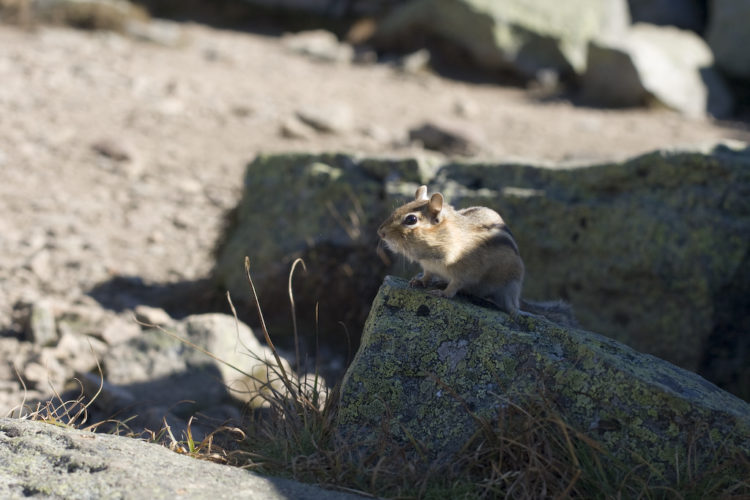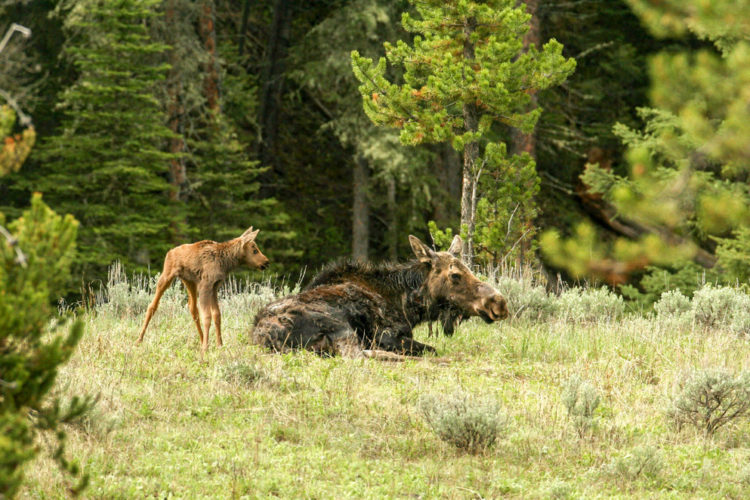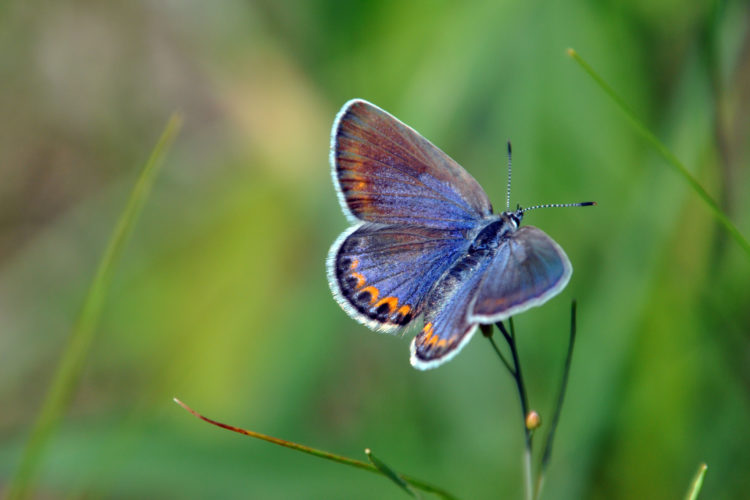We have much more to do and your continued support is needed now more than ever.
Why Net-Zero Matters for Chipmunks, Butterflies, Moose, Turtles, and You!
Alpine chipmunks are a little more extreme than their chipmunk cousins—those pudgy-cheeked relatives common to backyards across eastern and central North America. Living 7,800 feet up in California’s Sierra Nevada mountains, they have the highest altitude range of any chipmunk species, where they scurry across granite slopes and meadow edges, foraging for food (and, like all chipmunks, playing an important role in seed dispersal).
Problem is, their habitat is now too extreme. Rising temperatures have forced alpine chipmunks to retract their range by more than 1,600 feet upslope. A smaller range has led to decreased genetic diversity—a huge threat to this tiny creature.

The science is clear: The world must slash greenhouse gas emissions in half by 2030, and reach net-zero emissions by 2050. If we don’t? Expect severe temperature increases, more extreme weather, and increasingly catastrophic impacts on water security, food supply, human health, and more. And less and less habitat for the alpine chipmunk—and many other species.
Meeting the goal of reducing carbon emissions to net-zero would be a boon to wildlife. And there are many paths to get there. Here are just a few ways net-zero policies can also support wildlife.
1. Enhance natural carbon removal and sequestration
Natural sequestration pathways often offer the most cost-effective means of carbon removal—by using the natural ability of forests, grasslands, watersheds, and more to sequester carbon from the atmosphere. Plus, protecting and restoring these areas can reduce carbon emissions while improving, and preserving, wildlife habitat.

2. Invest in clean energy
Reaching net-zero is not possible without investments in clean energy, energy efficiency, and energy storage. Energy efficiency is one of the cheapest and most effective ways to drive down energy demand, and, in turn, climate pollution—helping improve the water and air quality wildlife depend on.

3. Prioritize climate-smart infrastructure
Smart investments in infrastructure can reduce emissions by more than 30%, and boost resilience to climate impacts for humans and wildlife alike. Natural infrastructure in particular (think floodplains, dunes, and wetlands) is cost-effective compared to “hard” infrastructure (like bridges or floodwalls) and can improve fish and wildlife habitat, water quality, and recreation opportunities.

Now is the time to stand up for alpine chipmunks, and all wildlife, by urging your representatives in Congress to support investments in climate-fighting clean energy and measures to slash carbon pollution.
Take Action!





















